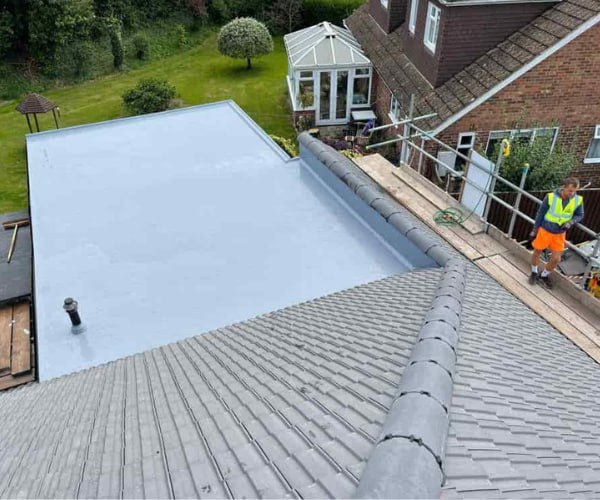Weathering the Storm: Understanding the Impact of Extreme Weather Events on Commercial Roofing
Introduction: Extreme weather events, such as hurricanes, severe storms, and heavy snowfalls, pose significant challenges to commercial roofing systems. These events can subject roofs to intense wind, rain, hail, and snow loads, leading to damage, leaks, and structural issues. In this blog post, we’ll explore the impact of extreme weather events on commercial roofing and discuss strategies for mitigating damage and ensuring the resilience of your roof.
Wind Damage:
- High winds associated with severe storms and hurricanes can exert tremendous force on commercial roofing systems, causing shingles, tiles, or membrane layers to peel off or dislodge. Wind-driven debris, such as branches and airborne debris, can puncture or tear roofing materials, leading to leaks and water infiltration. Properly installed roofing systems with reinforced fastening and anchoring mechanisms are essential for withstanding wind uplift forces and minimising wind-related damage.
Heavy Rainfall:
- Torrential rainfalls can overwhelm drainage systems and cause water to pool or accumulate on flat or low-slope roofs. Prolonged exposure to standing water can compromise the integrity of roofing membranes, promote algae and mould growth, and accelerate deterioration. Adequate roof slopes, effective drainage systems, and regular maintenance are crucial for preventing water accumulation and ensuring proper water shedding off the roof surface.
Hail Damage:
- Hailstorms can damage commercial roofing materials, including asphalt shingles, metal panels, and membrane roofing systems. Hailstones of varying sizes can impact the roof surface at high velocities, causing dents, fractures, and punctures. Impact-resistant roofing materials and protective coatings can help minimise hail damage and prolong the roof’s lifespan. Prompt inspection and repair of any hail-related damage are essential for preventing water intrusion and maintaining the roof’s performance.
Snow Loads:
- In regions prone to heavy snowfall, the weight of accumulated snow and ice can exert significant pressure on commercial roofing structures, leading to stress, deformation, and potential collapse. Flat or low-slope roofs are particularly vulnerable to snow accumulation, as they lack natural shedding mechanisms. Proper roof design, insulation, and reinforcement support snow loads and prevent structural failure. Additionally, proactive snow removal and de-icing measures can help alleviate excess weight and reduce the risk of roof collapse.
Extreme Temperature Fluctuations:
- Extreme temperature fluctuations, such as rapid freeze-thaw cycles, can accelerate the deterioration of roofing materials and compromise their performance over time. Thermal expansion and contraction can cause roofing seams to separate, sealants to degrade, and fasteners to loosen, leading to water infiltration and air leakage. High-quality roofing materials with thermal stability and resistance to temperature extremes are essential for maintaining structural integrity and weatherproofing properties.
Conclusion: Extreme weather events can significantly impact the performance and longevity of commercial roofing systems. By understanding the vulnerabilities associated with wind, rain, hail, snow, and temperature fluctuations, building owners and facility managers can take proactive measures to protect their roofs and minimise damage. Partnering with a reputable roofing contractor and implementing a comprehensive maintenance plan are key strategies for ensuring the resilience of your commercial roofing system in the face of extreme weather conditions.
Call us on: 01462 411 095
Click here to find out more about DHG Roofing Shefford
Click here to complete our contact form and see how we can help with your roofing needs.

